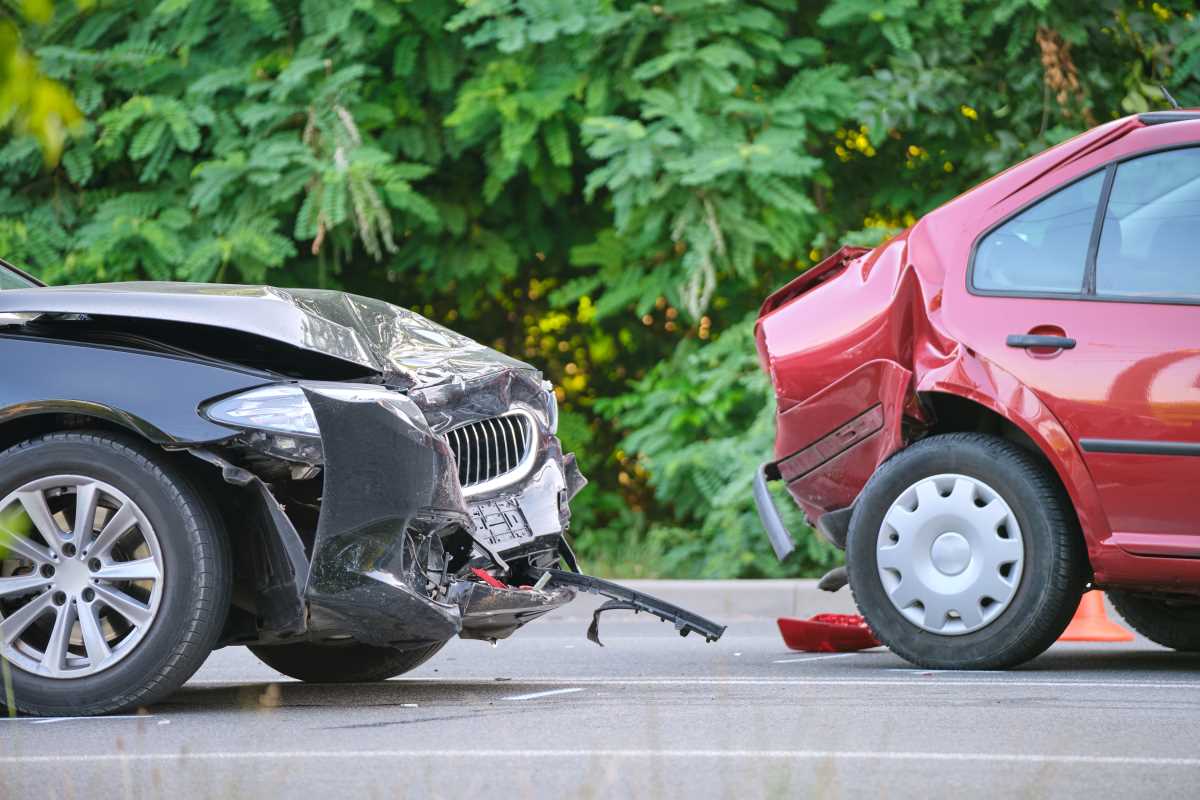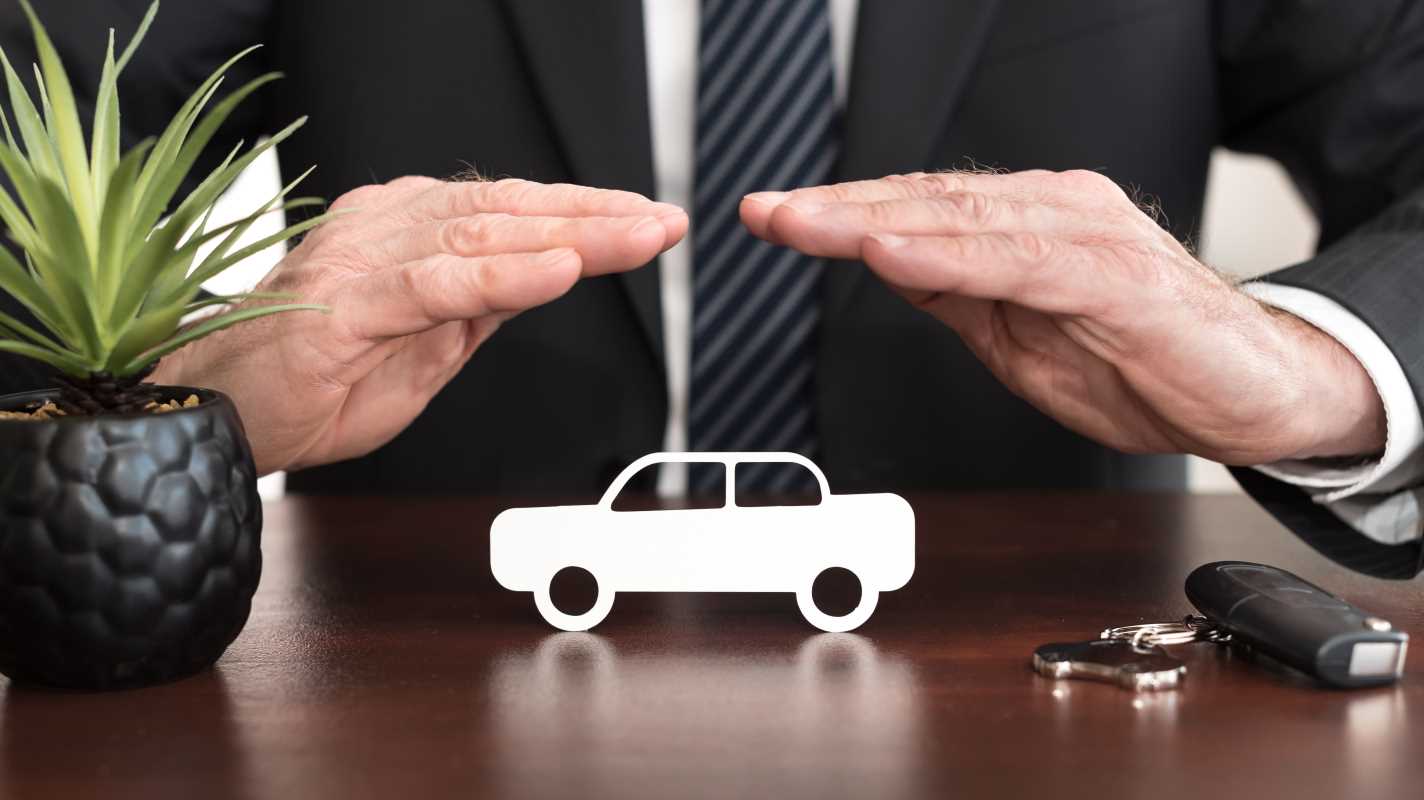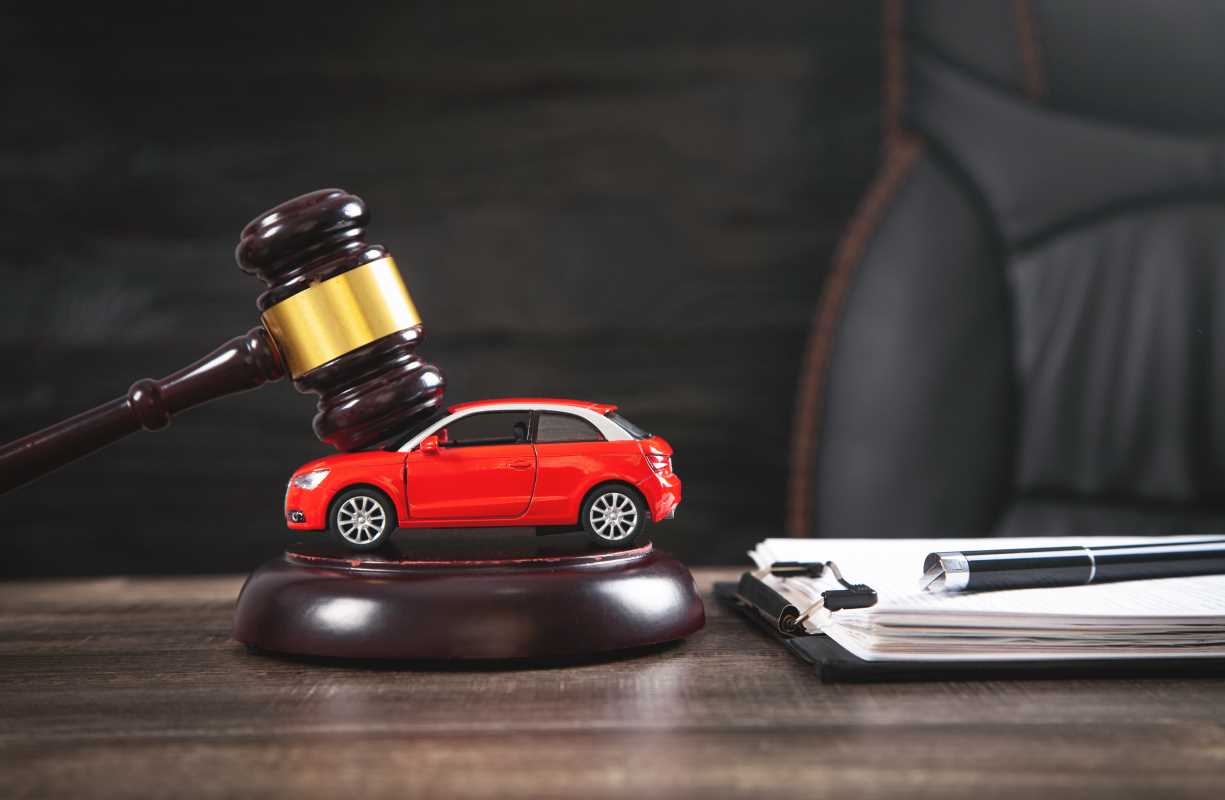When you’re setting up a car insurance policy, you’ll face a lot of choices, but one of the most important decisions is selecting your deductible. It might sound like technical insurance jargon, but a deductible is simply the amount of money you agree to pay out of your own pocket for a claim before your insurance company starts to pay. Think of it as your share of the repair bill. This single number has a powerful effect on your monthly or yearly premium. Choosing a higher deductible will lower your premium, while a lower deductible will make your premium more expensive. The trick is finding the perfect balance for your situation. The right choice depends on your personal risk tolerance, how much cash you have readily available in an emergency fund, and even your daily driving habits. It’s a personal financial decision that can save you money while ensuring you’re still protected when you need it most.
Deductible Basics Explained
Your car insurance policy has two main coverages that use a deductible: collision and comprehensive. Collision coverage pays to repair your car after an accident with another vehicle or an object, like a fence or a guardrail. Comprehensive coverage handles damage from non-collision events, such as theft, vandalism, hail, fire, or hitting an animal. You will have a separate deductible for each of these coverages, though many people choose to keep them the same for simplicity.
It’s crucial to understand that your deductible applies on a per-claim basis, not per year. If you have a $500 deductible and get into two separate accidents in the same year, you would be responsible for paying the first $500 for each of those repair claims. The most common deductible amounts are $250, $500, and $1,000, but some companies offer options as high as $2,500. There is no deductible for the liability portion of your policy, which covers damages you cause to other people or their property.
How Deductibles Change Your Premium
The relationship between your deductible and your premium is a simple tradeoff: the more financial risk you are willing to take on yourself (a higher deductible), the less you will pay for your insurance policy. By choosing a $1,000 deductible instead of a $500 one, you are telling the insurance company that you will handle the first $1,000 of any claim. This reduces the insurer's potential payout, and they reward you with a lower premium. The savings can be significant, often reducing your collision and comprehensive costs by 15% to 30% or more.
However, there are diminishing returns. The premium savings you get from increasing your deductible from $250 to $500 is usually much greater than the savings from increasing it from $1,000 to $2,000. For most people, the sweet spot is often found at the $500 or $1,000 level. It provides a meaningful reduction in your premium without exposing you to an out-of-pocket cost that would be impossible to cover.
Match Your Deductible to Your Financial Reality
The right deductible for you is one that you could comfortably pay on a moment's notice without causing financial hardship. This is where your emergency fund comes in. If you have a healthy emergency fund with several thousand dollars saved up, you can confidently choose a higher deductible like $1,000 or more. You'll enjoy the lower monthly premiums knowing that you can easily cover the deductible if a claim occurs. If your savings are tight or your cash flow is limited, a lower deductible of $250 or $500 might be a safer choice, even if it means a higher premium.
Your likelihood of filing a claim should also influence your decision. If you live in a dense urban area with heavy traffic and tight street parking, your risk of a fender bender or cosmetic damage is higher. In this case, a lower deductible might be more practical. Conversely, if you live in a rural area, drive infrequently, and park in a secure garage, you might feel more comfortable with a higher deductible, betting that you are less likely to need it.
Car Value and Loan/Lease Rules
The value of your car is another critical factor. If you drive an older vehicle that is only worth a few thousand dollars, it makes little sense to have a low deductible. In fact, for a car of that age, you might consider dropping collision and comprehensive coverage altogether. The annual cost of the coverage plus the deductible could easily exceed the car's value. A higher deductible on an older car can be a smart way to keep essential protection without overpaying.
If you have a loan or a lease on your vehicle, your decision might be made for you. Lenders and leasing companies want to protect their investment, so they will almost always require you to carry both collision and comprehensive coverage. They will also typically set a maximum allowable deductible, often capping it at $500 or $1,000. Be sure to check your financing or lease agreement to see what your specific requirements are.
Claim Scenarios You Can Picture
Let’s put this into real-world context. Imagine you back into a pole in a parking lot, causing $2,000 worth of damage to your bumper. If you have a $500 deductible, you pay the body shop $500, and your insurance company pays the remaining $1,500. If your deductible was $1,000, you'd pay $1,000 and the insurer would pay $1,000. Now, consider a less severe incident, like a cracked windshield that costs $700 to replace. With a $1,000 deductible, you would pay the full amount yourself, as the repair cost is less than your deductible.
Think about a hailstorm that leaves dozens of dents on your roof and hood, resulting in a $3,500 repair bill. With a $1,000 deductible, your out-of-pocket cost is manageable compared to the total cost. This is where having the right coverage shines. In a hit-and-run scenario where someone damages your car in a parking lot and leaves, you would file a claim under your collision coverage, and your deductible would apply.
Smart Strategies That Pair Well with Your Deductible
Choosing a higher deductible is a great cost-saving strategy, but it works best when paired with other smart habits. If you raise your deductible from $500 to $1,000 and save $300 a year on your premium, a savvy move is to take those savings and put them directly into your emergency fund. In just a couple of years, you will have saved more than enough to cover the increased deductible.
Participating in a telematics program that rewards safe driving can lower your premium even further, making a high deductible even more affordable. Simple choices, like parking in a secure garage instead of on the street, can reduce your risk of a comprehensive claim. Investing in good tires and keeping up with vehicle maintenance makes you less likely to have an at-fault accident, reducing the chances you'll ever need to pay that deductible.
Shopping and Policy Checkpoints
When you are comparing insurance quotes, it is vital to use the same deductible amounts for an apples-to-apples comparison. Ask for quotes with several different deductible levels to see exactly how much you can save. You don't have to wait for your policy to renew to make a change; if your financial situation improves, you can call your insurer mid-term and ask to raise your deductible.
Dig into the policy details. Many insurers offer a separate, lower glass deductible for a small additional premium. This can be a great value, as windshield replacements are common. If you have a newer car, you might also want to verify if your policy includes an Original Equipment Manufacturer (OEM) parts endorsement. This ensures that in a repair, the shop will use parts from the original car maker, not cheaper aftermarket parts. When insuring multiple cars, check if your deductible applies per car or per incident. All these details help you tailor a policy that truly fits your needs.







